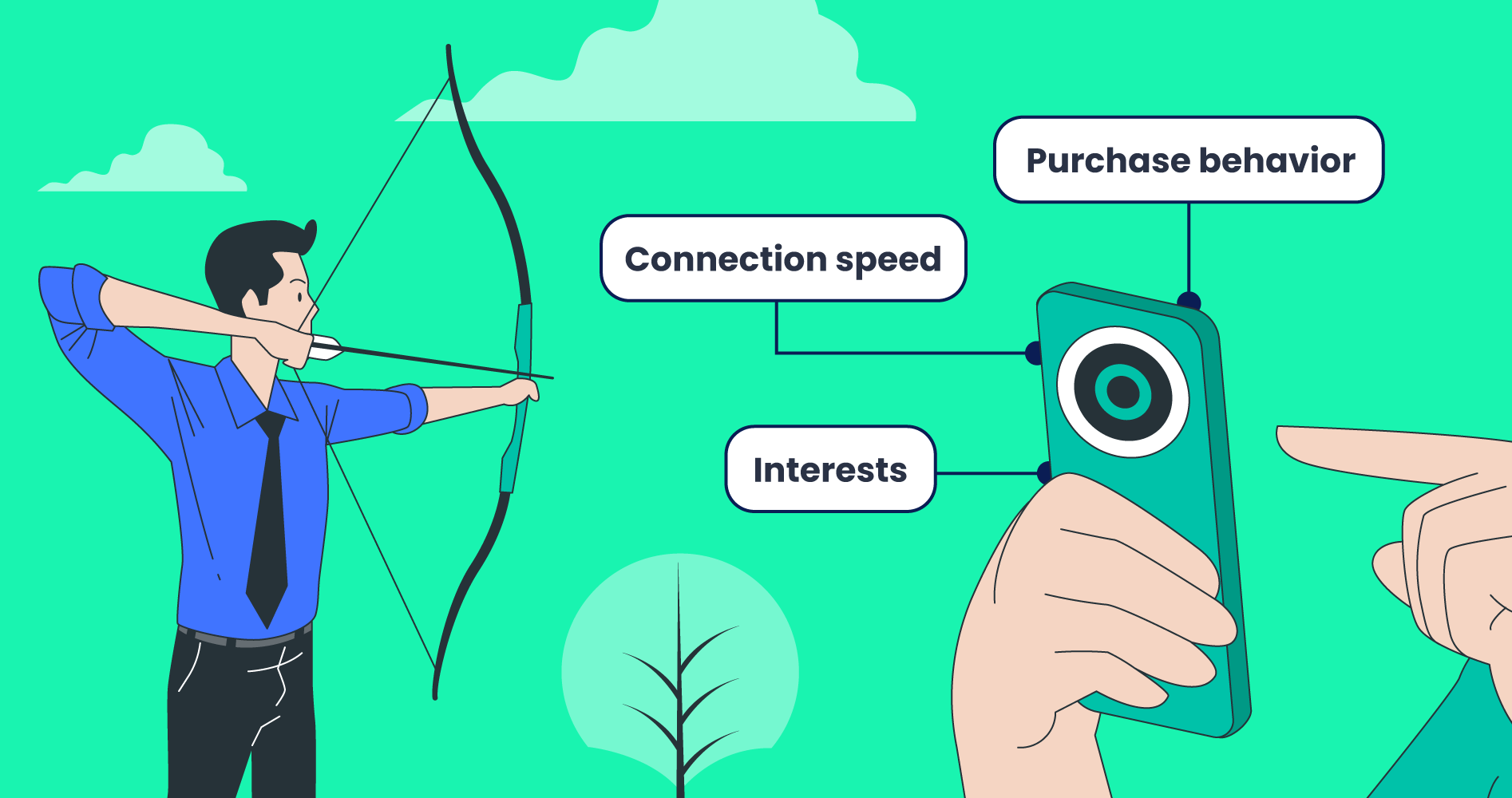
In the past, ad addressability meant being able to identify and target specific users across devices and channels. In a non-PII (Personally Identifiable Information) environment, the goal is still to deliver the right messages to the right audiences but without identifying individuals directly. Instead of using PII like names, emails, phone numbers or browser cookies, addressability now relies on contextual signals like purchase behavior, household composition, interests, connection speed, disposable income and much more.
Companies are now turning to contextual data, more specifically device intelligence, to adapt with the evolving landscape. This is because device intelligence offers valuable non-PII data that can be leveraged to:
- Act as a gateway to the user.
- Provide deep user insights.
- Create a device-centric view across web, app & mobile.
In the AdTech industry, device intelligence emerges as one of the most robust, privacy-compliant signals available, e.g. knowing the device model can imply the user’s disposable income and thus, indicates how much the user is willing to spend. For example, if a user has the latest iPhone, the advertiser can guess that they may be more likely to buy their latest product or service. It allows advertisers to understand what a user is using (their device), rather than who the user is. All the while, protecting the user's personal information.
According to Deloitte, 75% of consumers are more likely to purchase from brands that deliver personalized content. Therefore, strategically placing the right ads in front of the right customers leads to more conversions. Read on to learn how advertisers can still achieve personalization without knowing the person behind the screen.
Why Non-PII Matters
Regulations like the GDPR, CCPA, and the Digital Markets Act have redefined what constitutes personal data and how it must be handled. At the same time, browsers like Chrome, Safari, and Firefox have phased out or limited third-party cookies, which were once the backbone of digital targeting and measurement.
However, even if you cannot identify a user by name, email or cookies, you still have an interaction via a device. That device becomes a potent signal, one that is non-PII, widely available, and essential for scaling advertising in a privacy-centric environment.
In a world where privacy and personalization often seem at odds, device intelligence bridges the gap. Our Director of Product Strategy, John Leonard, spoke at IBC about how contextual insights — not personal data — are redefining viewer-first advertising. You can watch the recording of the talk Making Advertising More Viewer-Centric or read the full transcript here.
How Device Intelligence Supports Ad Addressability
With privacy shifts in mind, advertisers are turning to device intelligence as a new foundation for targeting. Device intelligence provides advertisers the ability to detect, analyze and act on the properties of the device used to access content, e.g. model, OS, browser version, screen size, and connection type without exposing the user. For example, DeviceAtlas can provide over 220 device properties for 100K devices. This is a remarkable way to decipher information about users without accessing personal information.
DeviceAtlas’ data is non-PII because it doesn’t reveal the user’s name, email or other personal attributes. Instead it reveals context, e.g. what device is being used, which ultimately enables the advertisers to tailor user experiences based on their device capabilities.
Here’s how device intelligence can improve ad addressability:
- Device class & tier: A premium smartphone or tablet can signal higher disposable income or early-adopter behavior. A low-tier device can signal cost-conscious users. These segments can receive different ad creatives or offers.
- Device type & context: Mobile phones often indicate “on the go” usage which are ideal for location-based offers or immediate-action campaigns. Tablets or desktops can signal relaxed browsing which can be better for deeper-engagement content.
- Connection & performance: Even though network connection quality is variable, knowing the device’s performance capabilities allows advertisers to tailor ad weight (e.g. lightweight creative vs full-motion video) and avoid poor experiences that damage brand perception.
- Screen size & capability: If you know the screen is small or the device is older, you can simplify the ad creative or UX to reduce bounce rates. For high-capability devices you can include interactive elements, video, or richer formats.
These signals are privacy-safe because they don’t require identifying the user. They simply describe the device that the customer is using. Our blog Knowing Your Customer in a Privacy-First Era: A Device Intelligence Use Case delves further into how marketers can form an overall impression of their customers by just knowing the devices used. When rich device intelligence is used properly, it can help deliver relevant, higher-performing ads without tracking individuals across sites.
To learn more, check out our case study outlining how global media platform Equativ relies on DeviceAtlas to rapidly identify what devices are requesting ads. DeviceAtlas ensures that all their ads served are optimized for the requesting devices without any PII.
Conclusion
In a privacy-first world, advertisers don’t need to sacrifice performance for compliance. Device intelligence offers a powerful, non-PII method of understanding audiences and tailoring experiences appropriately. By focusing on user devices instead of personal data, advertisers can deliver relevant, high-converting campaigns that respect user privacy and build lasting trust.
To explore how DeviceAtlas can improve your targeting strategy, contact our sales team for more information.



